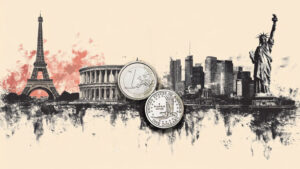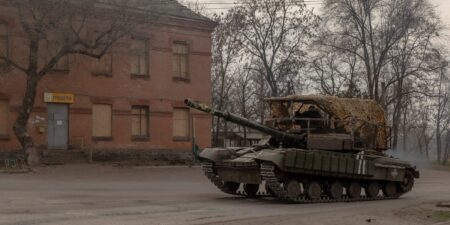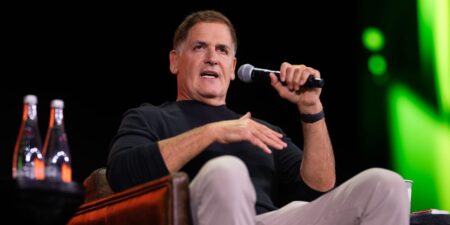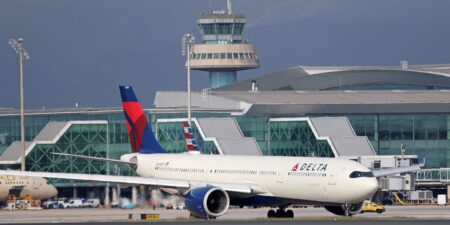A partial government shutdown began on Wednesday with Republicans and Democrats at an impasse over spending levels, which has increased uncertainty over economic conditions and how financial markets will react.
It’s unclear when lawmakers will reach a compromise that allows them to end the shutdown, but experts anticipate that financial markets will be relatively unfazed by the dysfunctional funding of the federal government in the meantime.
Adam Turnquist, chief technical strategist for LPL Financial, said in a note that while the shutdown “introduces a new layer of uncertainty for markets,” he explained that “they have historically been short-lived and, as a result, have had minimal impact on the economy.”
“Investors have generally looked past budget-related disruptions, prioritizing corporate earnings, broader economic trends, and other key macroeconomic factors,” Turnquist said.
FED’S GOOLSBEE SAYS CENTRAL BANK HAS OTHER DATA OPTIONS IF SHUTDOWN DISRUPTS ECONOMIC REPORTS
Turnquist explained the U.S. has experienced 20 shutdowns in the last 50 years and noted that the average drawdown during a shutdown has only been -1.6%, with the worst drawdown being a -6.1% pullback in 1979.
He said during the longest-ever shutdown, which spanned 35 days from December 2018 to January 2019, the S&P 500 rallied over 10% as the Federal Reserve adjusted its policy, calling it a “great example of how macro factors matter more to markets than short-term political turmoil.”
Turnquist added that after past shutdowns had concluded with the enactment of a budget resolution, the “average one- and three-month returns for the S&P 500 were 1.2% and 2.9%, respectively.”
A GOVERNMENT SHUTDOWN IS LOOMING: HOW DOES IT IMPACT THE ECONOMY?
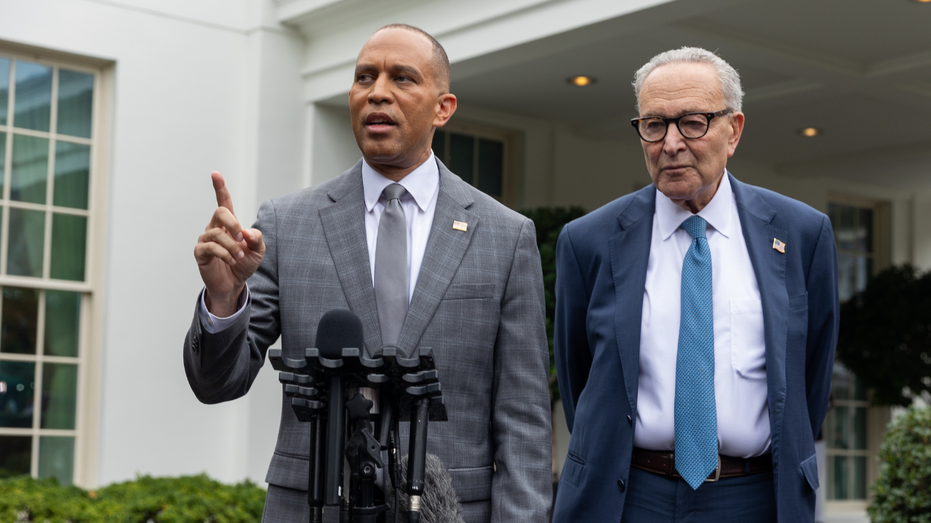
Bret Kenwell, U.S. investment analyst for eToro, said in a note that investors “have learned to largely tune out shutdown drama, viewing it as political posturing rather than a fundamental market risk,” though he noted that the market may view a short shutdown differently from a protracted disruption.
James McCann, senior economist at Edward Jones, said in a note that there could be “heightened market volatility as seasonal factors combine with an already uncertain macro backdrop.” He added that while the dollar and U.S. government bonds have typically seen a boost during past shutdowns, but said that “market fatigue around ongoing political dysfunction may dampen that response this time around.”
FED PRESIDENT WARNS INFLATION IS ‘GOING THE WRONG WAY’ AS TARIFF CONCERNS MOUNT
He also noted that there may be some disruptions to government services that impact parts of the economy.
“During past shutdowns the Small Business Administration ceased some of its lending and investment programs, denying important financing for small businesses and limiting their ability to hire or invest. Similarly, the time taken for approval on infrastructure projects will rise, causing costly delays,” McCann said.
“We know hiring is unusually weak in the U.S. economy right now and these disruptions could make it harder for those Americans out of work to find a new job in coming weeks,” he added.
FIRST BIPARTISAN SHUTDOWN NEGOTIATIONS SURFACE ON CAPITOL HILL AFTER FUNDING BILL BLOCKED AGAIN
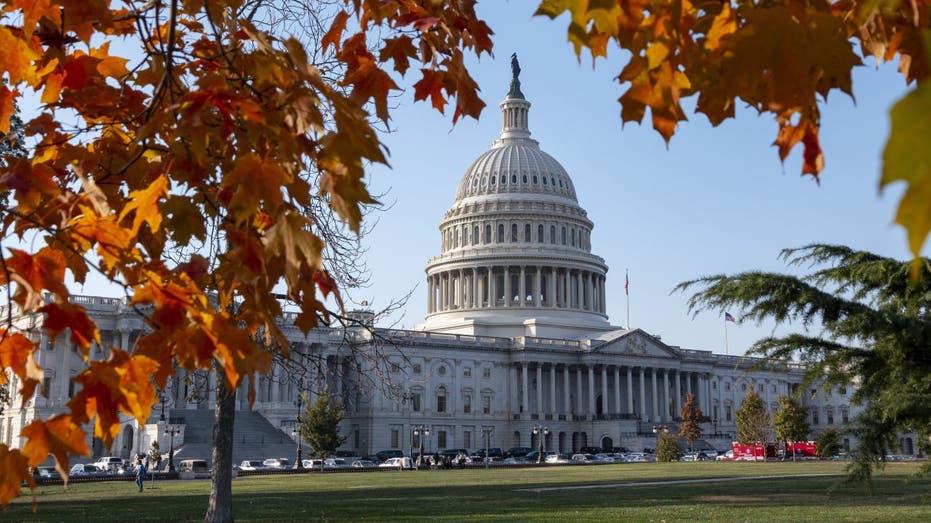
Anthony Esposito, CEO of AscalonVI Capital, told FOX Business that the benchmark S&P 500 index has risen on a net basis during the past 10 shutdowns, including the current federal funding lapse.
He said that “on a net basis, we see a positive return for the S&P 500 during those shutdown periods, and that return if you net them out is over 10% in a positive return,” Esposito said.
However, Esposito said that if this shutdown proves to be particularly lengthy and “we start to see less clarity as far as the economy, less clarity as far as where we’re going to end up and what the budget will look like, then I think that you could start to pull back in the market – participants may not be active sellers but they might not be as willing buyers, both would have the same effect on the market.”
Read the full article here


